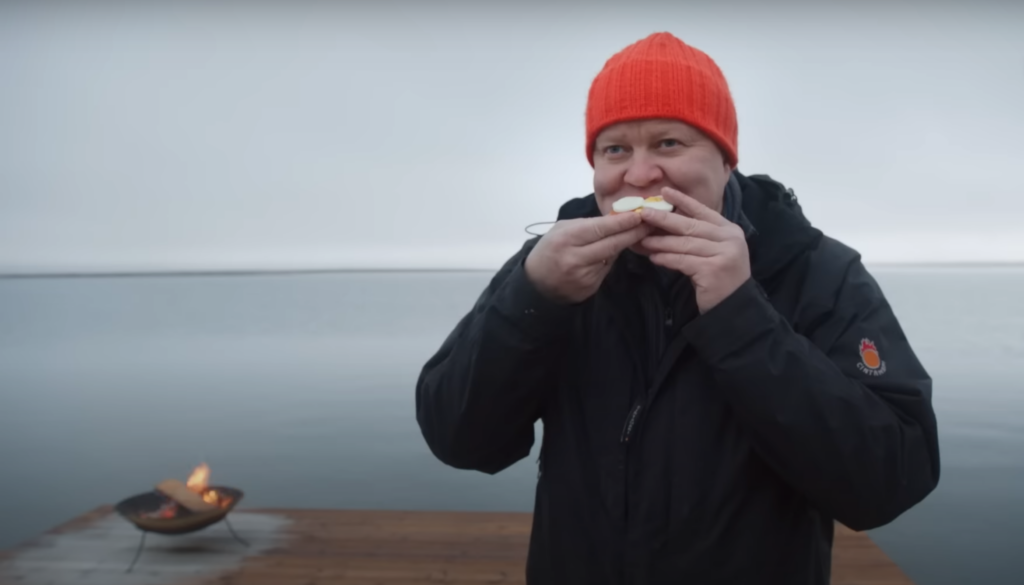Iceland’s unique climate is one of the most famous on the planet, with its volcanoes, lakes and hot springs all wildly popular tourist attractions. But the lava, bubbling away beneath the island’s surface, also allows for some local delicacies, including this tasty-looking rye bread called Hverabrauð.
It is made fresh each morning by local bakers, who carry their dough to the nearest geothermal hot spring. These are caused by the lava flowing underneath the ground, heating the water and bringing boiling temperatures to the surface. The dark, hot sand creates something of a natural oven. “We could use a [normal] oven,” Siggi Hilmarrson told Great Big Story, “but this is much more fun.”
This particular kind of bread is known as Hverabrauð – or “hot spring bread”. There is evidence of it being made in Hilmarrson’s village all the way back in the late 1800s, and the recipe has been mastered over generations.
“This method was passed down from my grandmother to my mother to me,” he explained.

A mix of rye, flour, milk, butter, sugar, salt and baking powder is sealed in a pot. This dough is then sealed in the ground for 24 hours, with Siggi burying his precisely 16 inches beneath the surface. Come back a day later (so long as it hasn’t rained, cooling the earth) and you’ve got a freshly baked loaf. Siggi makes an average of 70 every single week.
Read More: Thomas Downing | Abolitionist, restauranteur and New York’s Black “Oyster King”
The result is heavy, chewy and dense, and you can top it with anything you like. Common local choices include butter, different pâtés, or pickled herring. Tasty as it sounds, be careful you don’t eat too much. As well as being called “hot spring bread”, Hverabrauð is also sometimes called þrumari – meaning “Thunder Bread”. This is not a comment on the weather or geothermal systems, but rather a clue about the side effects of excessive Hverabrauð consumption on your digestive system.
Most Icelandic rye bread is now made in modern ovens, but the lava purists remain. Utilizing the island’s natural resources is by no means confined to this – geothermal power facilities generate 25% of the country’s total electricity production, and over two-thirds of its total energy usage.

It’s important to locals like Hilmarrson, who said: “From generation to generation, we have learned to respect this energy and to handle it with care.” He also stressed there’s no real substitute: “It’s hard to describe a taste, but the hot-spring bread has its own. The oven-baked bread doesn’t even come close. ”





